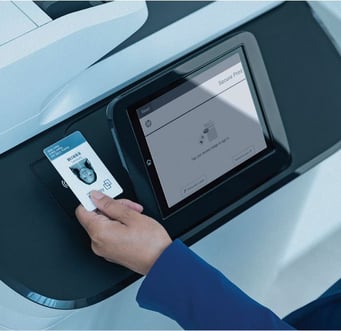We are facing an interesting time in compensation. The events of 2020 and 2021 have left a mark on how both employers and employees view work. Many have changed course on what they believe is most important, resulting in chain of events: record breaking employee turnover and a scramble by leadership to curtail the surging storm of The Great Resignation. In this Astronology® we will review some of the factors in play with the current compensation upheaval. We also will discuss three suggestions employers can consider in order to successfully steer through these challenges.
The Current Global State
We must acknowledge that there is a lot happening in the world right now. Currently, the world is moving into a “new normal” where COVID-19 isn’t directly impacting our daily lives as much as in 2020. We are learning to “live with COVID.” Additionally, we are facing high inflation rates – the highest we’ve seen since 1981. With these high inflation rates comes the whispers of an incoming recession – a whisper that seems to be getting louder recently.
We also are in the midst of The Great Resignation – 4.3 million people quit their jobs in January 2022 alone. What are the biggest factors in why so many are leaving their jobs? According to a 2022 Ceridian Pulse survey, “Nearly half (46%) of those who reported looking for new employment said it was because they wanted better compensation, including higher salary and benefits, while another 33% seek more flexibility, such as remote work and flexible hours.”
We also must acknowledge the ongoing Eastern European conflict with Ukraine and Russia. Aside from the natural anxiety and stress from watching the news on this topic, both employees and employers are concerned about the global effects this conflict could have long-term.
In these turbulent times, it is important for employers to develop a plan to guide their organization through the storm.
Navigating Compensation Challenges in 2022: Three Tips
- Focus on retaining current employees.
As mentioned in our “Employee Recruitment and Retention” guide, before scavenging the talent pool for new people, be sure to take care of the current people within your organization! There’s no point in recruiting new team members if you can’t keep your current ones. In the big picture of organizational success, employee retention is important. Try to improve how you recognize your employees for their contributions. You can start by surveying them to see how you can optimize your total rewards offerings to better compensate them. - Offer more training and professional development opportunities to better leverage current talent.
As mentioned in our “How to Create an Effective Performance Management Process” guide, providing improvement feedback through performance reviews is not enough. Employees are more willing to stay if they see your organization as a place where they have opportunities to build on their skills. Show your staff you really care about their professional growth by investing in training and professional development opportunities. Allocating a small portion of your budget to offer learning opportunities can help your current employees level up their skills, which can result in their ability to take on new responsibilities and / or move into management roles. - Embrace indirect compensation.
Yes, proper and fair cash compensation will always be preferred. However, including moments of indirect compensation or employee recognition can have a positive impact. A blog post from Payscale explains, “A 2019 study found the average turnover rate for organizations with no benefits plan is 157 percent, while organizations that offer benefits (including standard health benefits, vision or dental insurance and life insurance, to name a few) saw a 138 percent decrease in turnover. Indirect compensation, when done thoughtfully and intentionally, benefits all employees, regardless of seniority, age, title or tenure.”
Some forms of indirect compensation to consider incorporating include the following:
- Insurance Programs
- Life insurance
- Retirement Contributions
- Equity Program
- Extra or Unlimited Paid Time Off
- Fitness Reimbursement Programs
- Childcare
- Parental Leave
- Hybrid and Flexible Schedules
- Relocation Expenses
- Tuition Reimbursement
- Company “Swag Bags”
- Company sponsored lunch / dinner
We may not know when the current swirl of economic challenges today will settle. But in the meantime, there is plenty leadership can do to assist in navigating these turbulent times. Are you looking for assistance in creating a compensation strategy that matches up to 2022’s challenges? Contact us today to learn more about our total rewards consulting services.



